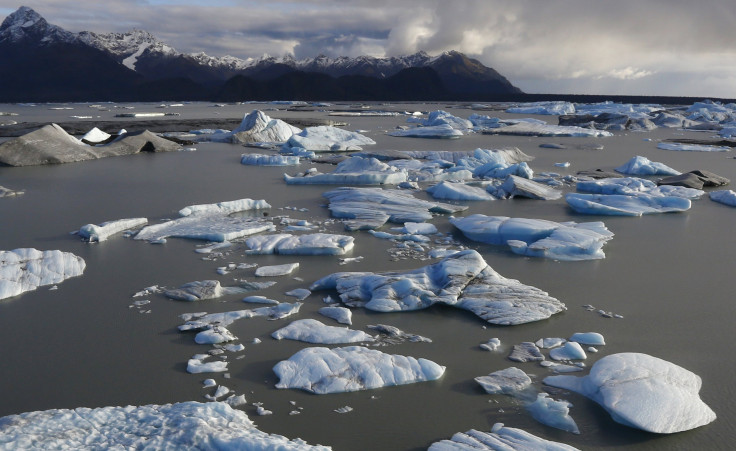Carbon Emissions From Soil Could Trigger Massive Cyclic Temperature Increase: Study

Global warming is a widely documented but a very controversial topic. Greenhouse gases have accumulated over time in the atmosphere and we are experiencing more erratic weather patterns than ever before.
A NASA study has predicted a catastrophic 2.5 to 10 degrees Fahrenheit temperature increase over the next century. And now a team of scientists has revealed a major contributor to global warming, albeit one which has been hiding in plain sight.
An extensive study suggests that soil could be a major contributor to greenhouse emissions. Warming soil was found to release much more carbon into the atmosphere than previously thought. The rise in emissions, from soil, was found to be a cyclic process, meaning there were periods where emissions were low and then periods of very high emission.
A team of scientists at the US Marine Biological Laboratory, led by Jerry Melillo, with contributions from the universities of Massachusetts and New Hampshire studied plots of soil in forest owned by Harvard University in Massachusetts.
This 26-year-long experiment involved three different types of forest plots. In one set, cables heated the land about 10 degrees warmer than the air around it. In another heaters were installed but never turned them on. The third set of plots was left untouched.
The comprehensive data collection started in 1991. Since then, plots have been heated and their before and after carbon values are recorded.
The duration of the study — published in Science — allowed the researchers to observe a very significant pattern.
The carbon emissions increased drastically for a period of 10 years followed by a 7 year lull. After this hiatus, the emission levels kicked right back up, pointing to an emission pattern that is cyclic.
The last three years has seen another drop in emission levels. This has led the researchers to believe microbes in the soil are responsible for this. Microbes feast on the hard organic matter in the upper 60 centimeter of the crust. The microbes then reorganize for a period of 7 years causing a temporary dip in emissions. Once this reorganization is complete, the number of microbes shoots right back up causing severe spikes in emission levels.
The impact of this cyclic nature of emissions from soil could be very tricky to counter. Scientists grossly underestimated levels of carbon emission from soil and this could leave them underprepared for the next spike in activity.
“This self-reinforcing feedback is potentially a global phenomenon with soils, and once it starts it may be very difficult to turn off,” lead author Jerry Melillo, an ecologist at the Marine Biological Laboratory, said in a report by Newsweek . This part of the problem is what makes this issue important and also very hard to deal with, he added.
“The future is warmer. How much warmer is the issue,” Melillo said in a report by the Guardian. Though man-made emissions can be kept under check, he believes that the natural world reacting to increase in temperature cannot be controlled.
Effectively, as atmospheric temperature increases because of global warming, soil heats up. When soil heats up, emission levels rise. The loop is endless and this will make figuring out a solution very tough.
The team adds that future research on this topic is paramount. When we completely understand the triggers for this emission, certain methods can be used to counter this. The team says that the solution should not just cut emissions but also preserve the integrity and quality of the soil.
© Copyright IBTimes 2024. All rights reserved.











